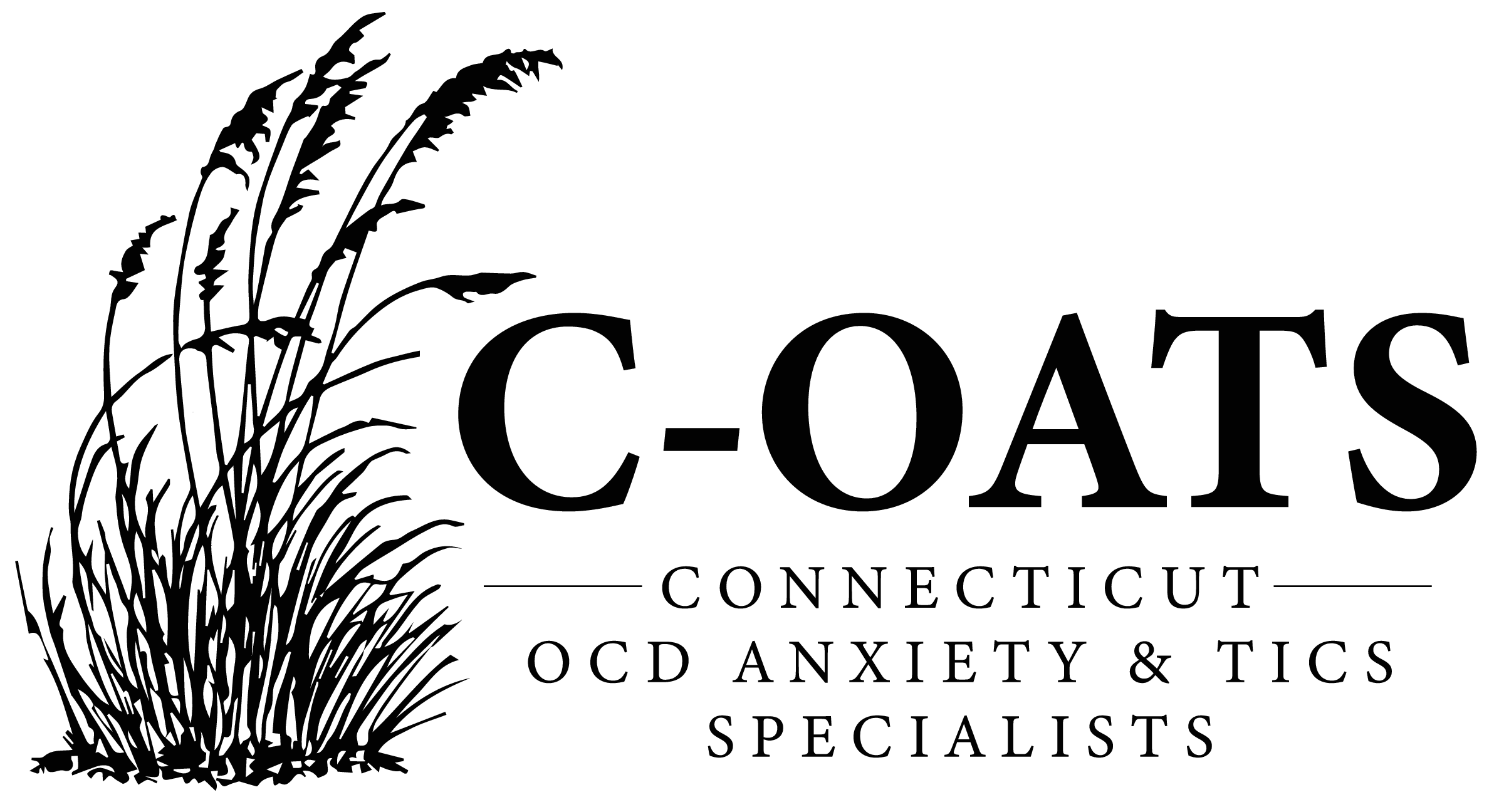Stereotypies
Stereotypies Specialist in Greenwich, CT
As a leading Stereotypies specialist in Greenwich, CT, we are committed to providing specialized care for children experiencing stereotypic behaviors. In this article, we will explore the nature of stereotypies, their causes, effective treatment options, and how C-OATS can support your child’s well-being.
Understanding Stereotypies
Stereotypies are repetitive movements that are often seen in otherwise normally developing children. They typically involve flapping and waving of the arms, hand flapping, head nodding, or rocking back and forth. These movements can occur in infants as well and may include raising and waving or flapping hands, wiggling fingers in front of the face, or opening and closing hands. Stereotypies are often observed when the child is excited, engrossed, stressed, fatigued, or bored.
It’s important to note that stereotypies are different from compulsions or tics. Unlike compulsions or tics, children often find stereotypies pleasurable. They can be easily interrupted by calling the child’s name, but in some cases, they may interfere with desired activities or become socially offensive.

Effective Treatment Options for Stereotypies
Habit Reversal Training (HRT)
When it comes to treating primary motor stereotypies (PMS), research is limited, and no medication has been proven to be effective. However, there is a behavioral treatment called Habit Reversal Training (HRT) that has shown promise in reducing stereotypies.
Habit Reversal Training (HRT) is a behavioral therapy approach that focuses on teaching children strategies to refrain from engaging in stereotypic movements. Dr. Specht, a renowned psychologist, has been at the forefront of utilizing HRT for children with PMS. This approach helps children develop alternative behaviors and responses to replace the stereotypic movements.
Causes of Stereotypies
The causes of stereotypies in children are multifactorial and not fully understood. While a specific cause cannot always be pinpointed, several factors may contribute to the development of stereotypic movements. It is believed that a combination of genetic, neurobiological, and environmental factors may play a role. Some children may have a genetic predisposition to stereotypies, while others may exhibit them as a response to environmental triggers.
Additionally, certain developmental or neurological conditions, such as autism spectrum disorder or intellectual disabilities, have been associated with a higher prevalence of stereotypies. It’s important to work with a qualified professional to assess your child’s specific situation and determine the contributing factors to their stereotypic movements.
Our Approach to Treatment
At C-OATS, our approach to treating stereotypies is rooted in evidence-based practices. We understand that every child is unique, and their treatment plan should reflect their individual needs. Our goal is to reduce stereotypic movements and improve your child’s overall well-being.
Through the use of strategies like Habit Reversal Training (HRT), we empower children to develop alternative behaviors and responses. Our approach is tailored to the specific challenges and strengths of each child, ensuring a comprehensive and personalized treatment experience.
Why Choose C-OATS for Stereotypies Treatment
At C-OATS, we understand the unique challenges that children with stereotypies and their families face. Here’s why you should choose us for your child’s stereotypies treatment:
Renowned Psychologist: Dr. Specht is a recognized expert in treating children with primary motor stereotypies. His extensive experience and expertise ensure that your child receives the highest level of care.
Individualized Treatment: We provide personalized treatment plans tailored to meet the specific needs of your child. Our approach focuses on developing strategies that are effective and suitable for your child’s unique circumstances.
Evidence-Based Approach: We utilize evidence-based treatments like Habit Reversal Training (HRT) to reduce stereotypic movements. Our treatments are rooted in scientific research and have shown positive outcomes for children with stereotypies.
Collaborative Care: We believe in working closely with parents, schools, and other professionals involved in your child’s care. By fostering collaboration, we ensure a holistic approach that addresses your child’s needs comprehensively.
Tips for Helping Your Child with Stereotypies
Supporting your child with stereotypies can make a significant difference in their well-being. Here are some tips to assist your child:
- Provide a Safe Environment: Create a safe and supportive environment for your child to engage in their stereotypic movements without judgment or interference.
- Encourage Alternative Activities: Engage your child in activities that can redirect their focus away from the stereotypic movements. Encouraging hobbies and interests can provide constructive outlets for their energy.
- Foster Communication: Encourage open communication with your child about their stereotypies. Let them know that they can talk to you about any concerns or questions they may have.
- Educate Others: Educate family members, teachers, and peers about stereotypies to reduce misconceptions and promote understanding and acceptance.
- Seek Professional Guidance: Consult with a qualified professional who specializes in treating stereotypies to explore appropriate interventions and strategies for your child.
FAQs
What are the common signs of stereotypies in children?
Common signs of stereotypies may include repetitive movements such as hand flapping, rocking, or head nodding.
Are stereotypic movements harmful or dangerous?
In most cases, stereotypic movements are not harmful or dangerous to the child. However, if they become self-injurious or interfere with daily activities, it is important to seek professional guidance.
Can stress or anxiety trigger stereotypies?
Stress or anxiety can sometimes exacerbate stereotypic movements, but they are not the sole cause. Various factors contribute to the development and persistence of stereotypies.
Are stereotypies more common in certain age groups?
Stereotypies can be observed in children of different age groups, including infants, toddlers, and older children. The prevalence may vary depending on the specific age range.
How are stereotypies different from tics or compulsions?
While stereotypies, tics, and compulsions may share some similarities, they have distinct characteristics. Stereotypies are repetitive, nonfunctional movements that are often self-rewarding, while tics and compulsions serve different purposes and may have different underlying causes.
Can stereotypies be completely eliminated through treatment?
While treatment options like Habit Reversal Training (HRT) can help reduce stereotypic movements, complete elimination may not always be achievable. The goal is to minimize their impact on the child’s daily functioning and overall well-being.
Are there any medications specifically designed to treat stereotypies?
Currently, there are no medications specifically approved for the treatment of stereotypies. However, medications may be prescribed in certain cases to manage underlying conditions associated with stereotypies.
Can parental intervention or behavior modification techniques help reduce stereotypic movements?
Parental intervention and behavior modification techniques, such as providing positive reinforcement for alternative behaviors, can be helpful in managing stereotypies. However, it’s essential to work closely with a professional to develop effective strategies.
Can children outgrow stereotypic movements as they get older?
Some children may outgrow stereotypic movements as they reach adolescence or adulthood, while others may continue to exhibit them to a lesser degree. The course of stereotypies can vary for each child.
Are there any support groups or resources available for families of children with stereotypies?
Yes, there are support groups and online communities where families can connect with others facing similar challenges. These resources can provide valuable information, support, and a sense of community for families navigating the journey of stereotypies.
Parental Involvement in Teen Mental Health
Being a teenager in 2024 is not easy. Adolescence comes with unique stresses their parents did not face growing up. From the overwhelming pressure to succeed to the grueling schedules that don’t allow for ample rest, relaxation, and unstructured fun, youth mental...
The Impact of Social Media on Teen Mental Health
Social media is part of most American teenagers’ daily life. From Instagram and TikTok to YouTube, studies show that up to 95% of youth ages 13–17 report using a social media platform, with more than a third saying they use social media “almost constantly.” ...
Q&A With Emily Carr, Practice Manager
This month, get to know Emily Carr, the engine behind our office. As our Practice Manager, she handles our operations and ensures that our families feel well supported. Enjoy getting to know Emily! How does your medical/clinical background uniquely position you to...
Talk With Us
WE LOOK FORWARD TO HEARING FROM YOU. A MEMBER OF THE C-OATS TEAM WILL RESPOND BACK WITHIN 24-48 HOURS UPON RECEIVING YOUR MESSAGE.





